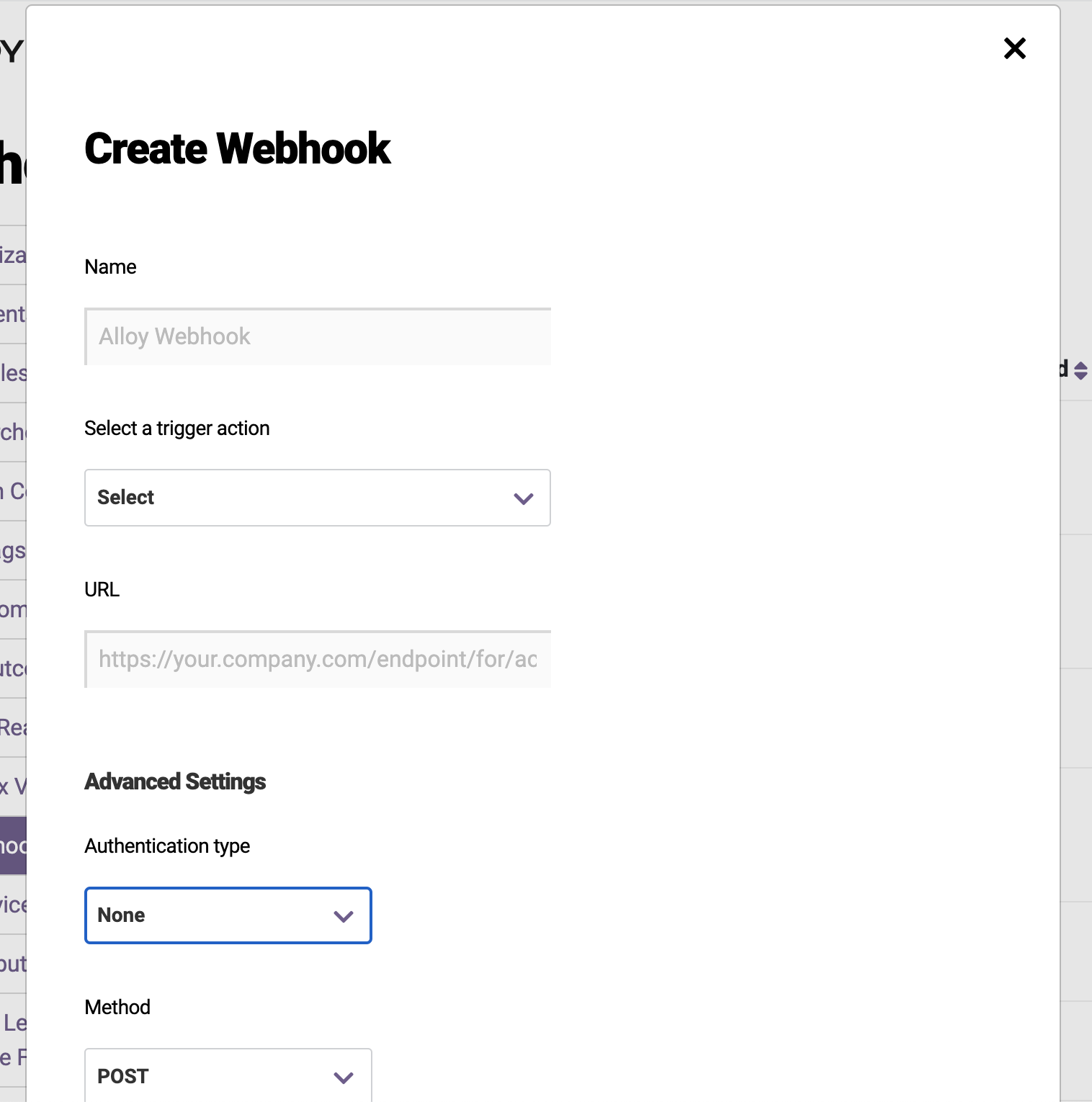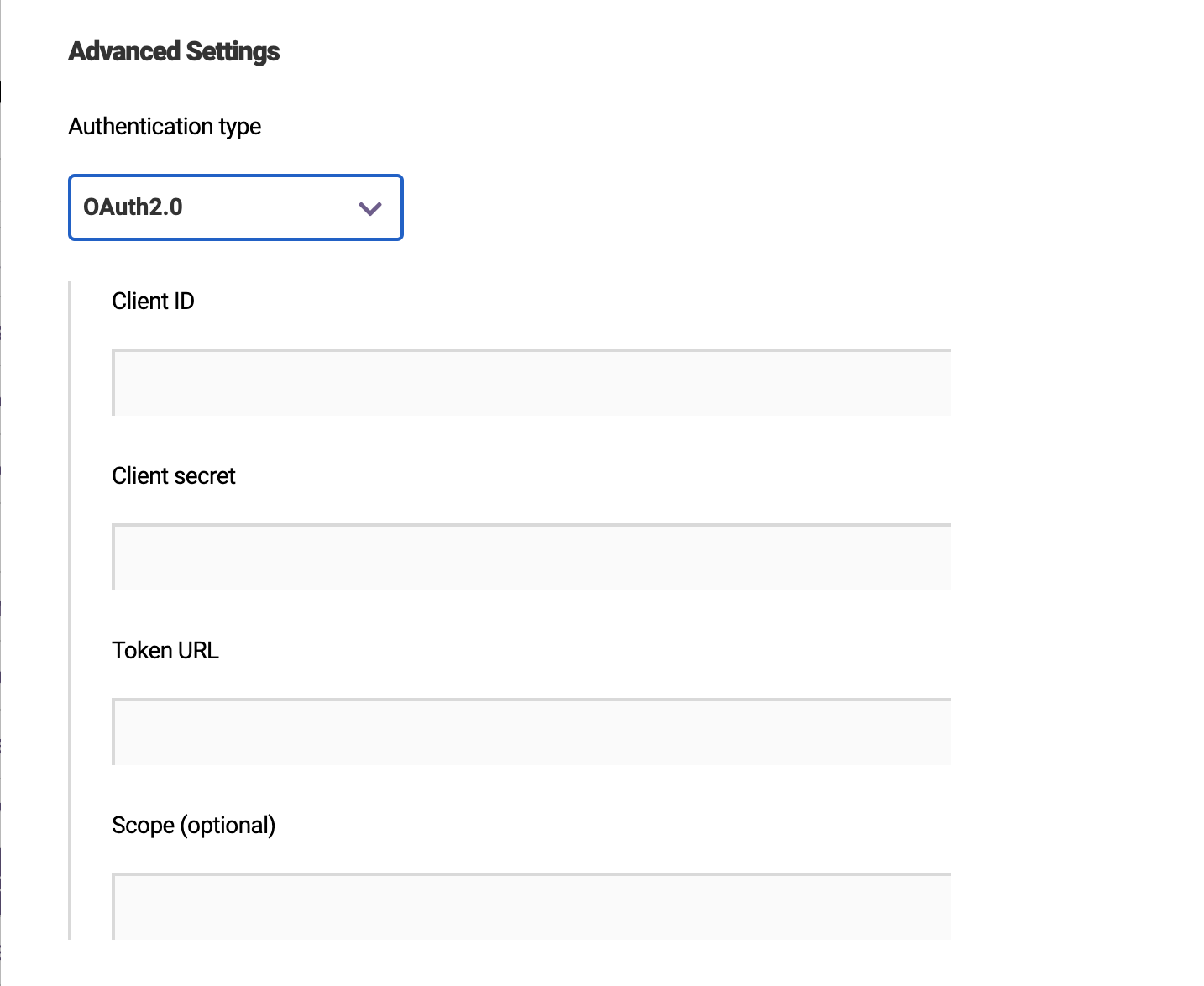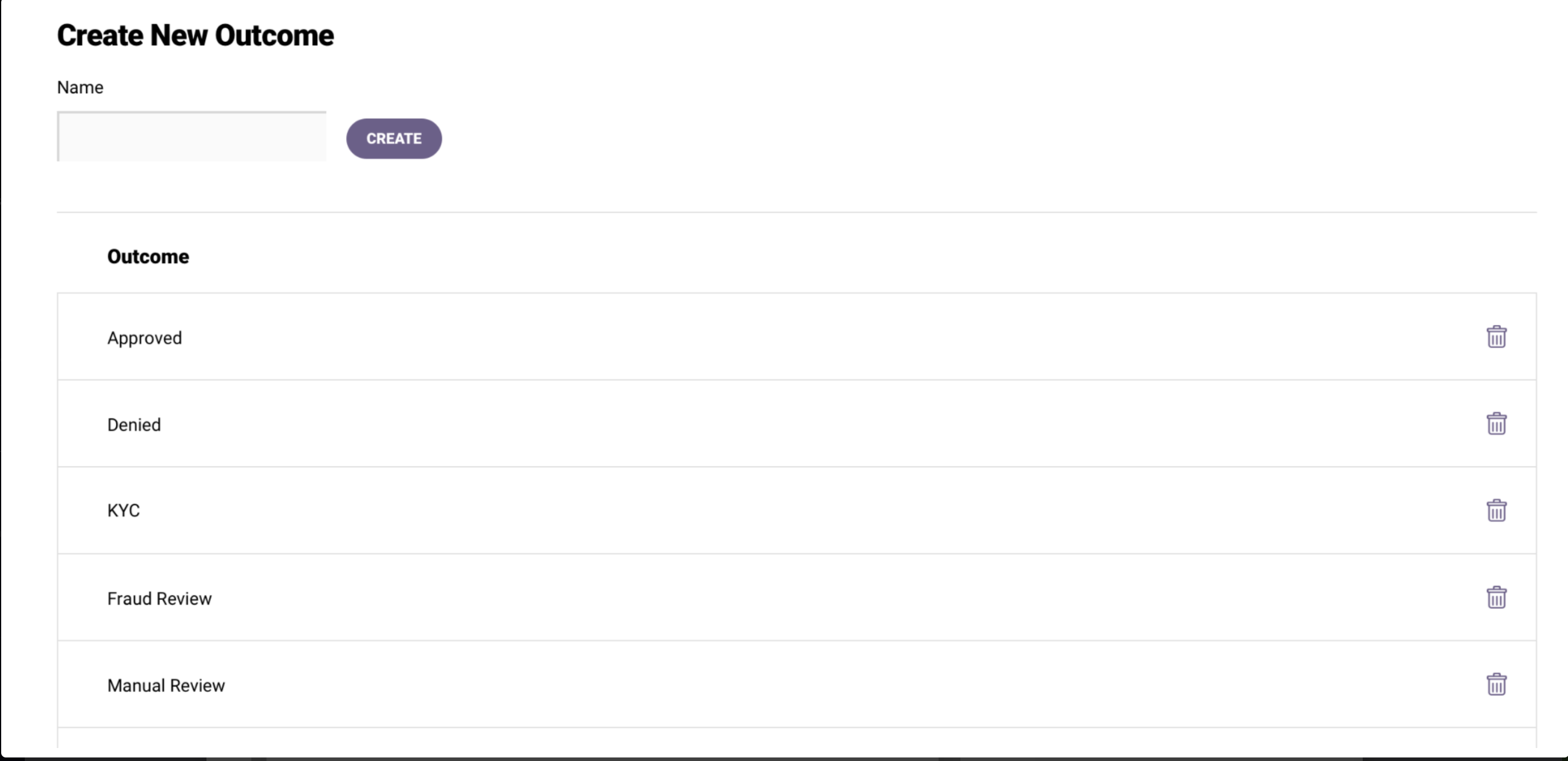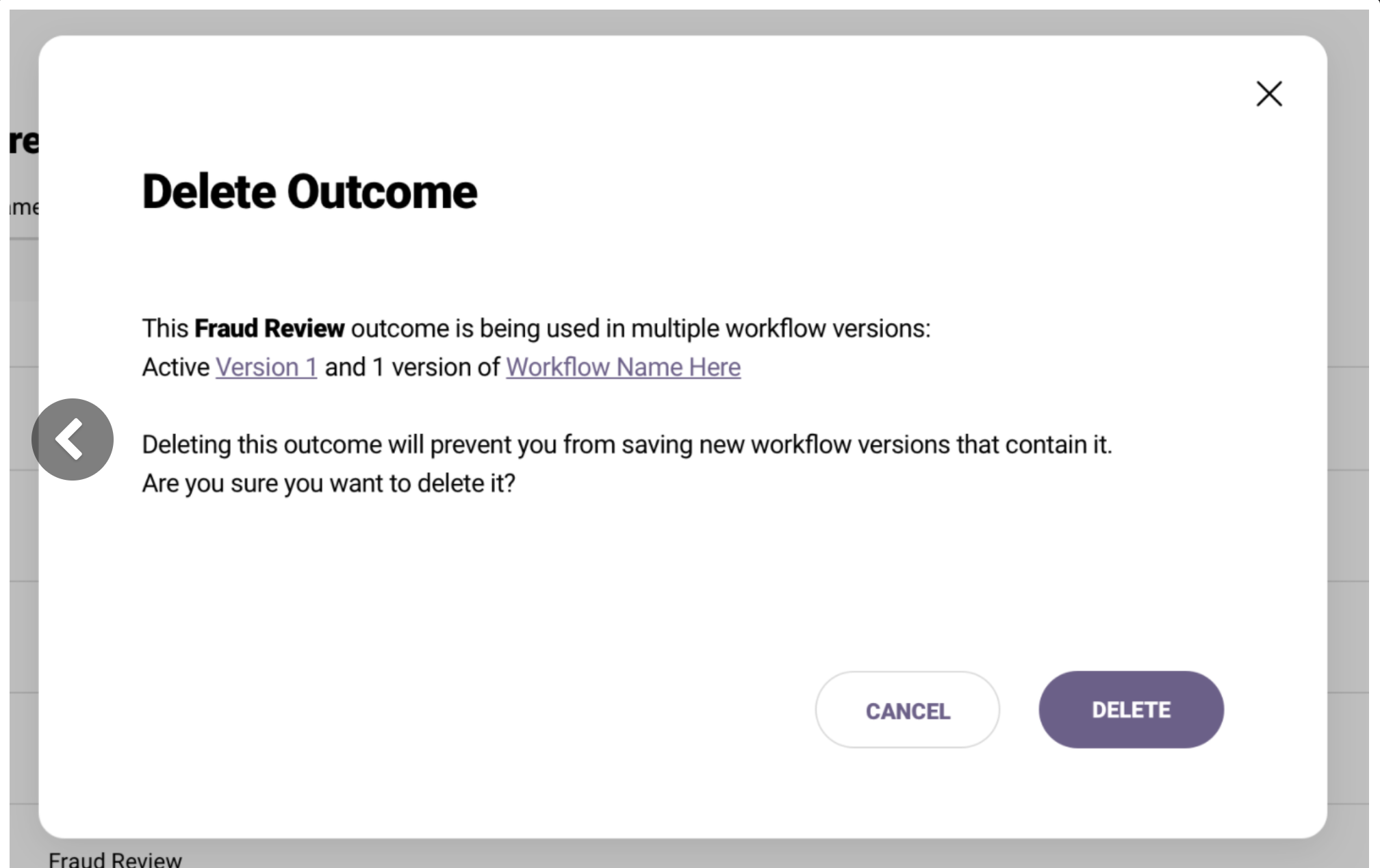JQ functionality now available for output attributes
Credit Underwriting clients can now use JQ expressions with output attributes. This is similar to the existing functionality currently available for input attributes.
An example of using JQ expressions with output attributes is enabling rounding capabilities with credit policies, such as rounding a credit line assignment to the nearest $100 or rounding a number to the nearest hundredth decimal point.
If you’d like to incorporate JQ into your output attributes, reach out to your CSM or [email protected] to learn more.




